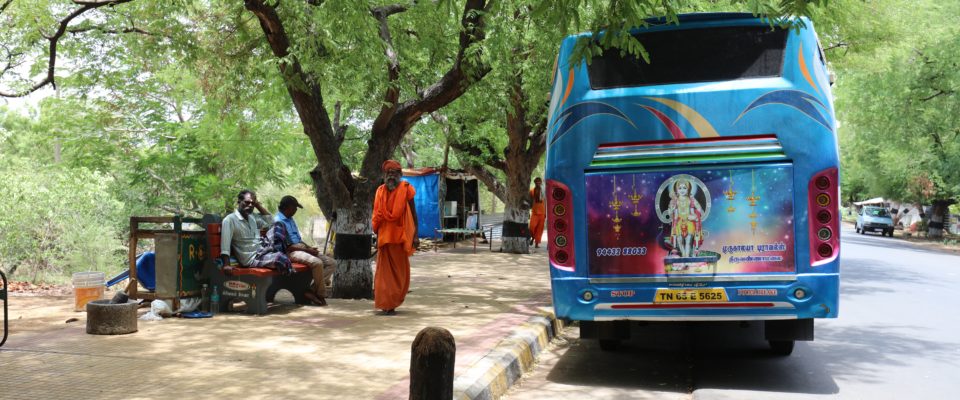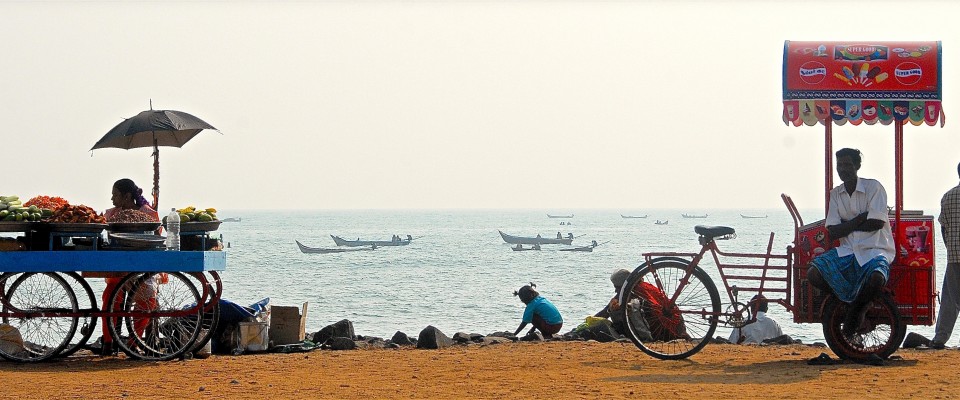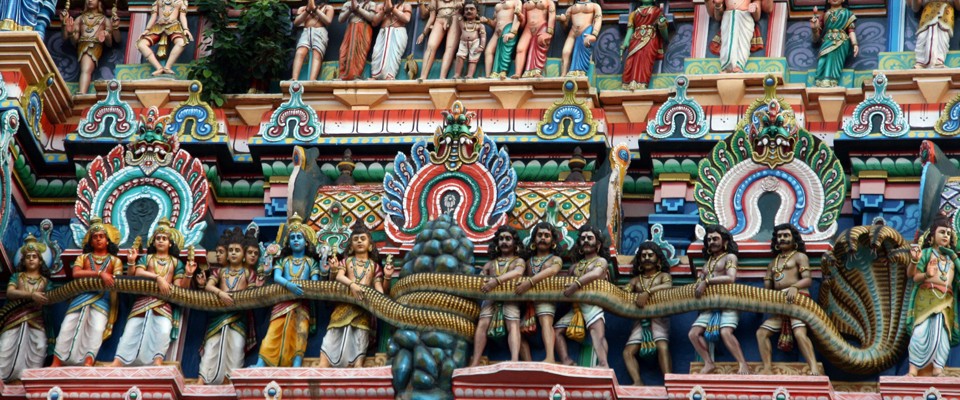« Greece is the embodiment of beauty and ligth »
Pascal Bruckner
Greece and India have a long common history. For about two centuries, Indo-Greek kingdoms were known, they were essentially territories conquered by Alexander the Great.

Ancient Greece and India have many affinities. Indeed, between the Goddess Athena and the Sakti, the great Indian Goddess who represents the feminine creative energy, with many forms (Devī, Umā, Pārvatī, Durgā, Lakṣmī, Kālī, Sarasvatī …), there are many common characterstics, many related myths, between themselves and in their “indirect” descendants : Erichthonios, for Greece, Gaṇesha or Skanda / Murugan / Kārttikeya for India.

Athéna

Pārvatī
According to Homer, Erichthonios is the son of Hephaestus and Gaia (the Earth): Hephaestus tries to violate Athena, sperm spreads on the thigh of the Goddess who wipes it off with a woolen cloth that she throws onto the ground. The Earth, thus fertilized, gives birth to Erichthonios, (ἔριον / erion, wool, and χθών / khthốn, the earth).
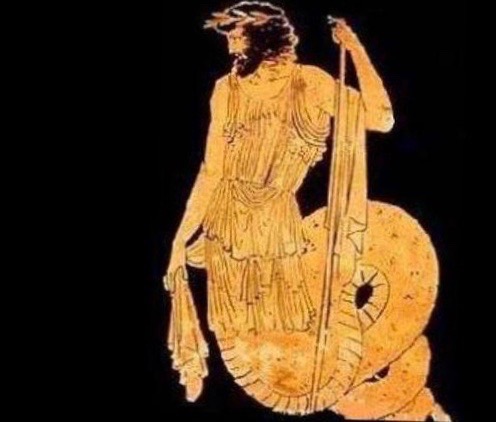
Érichthonios
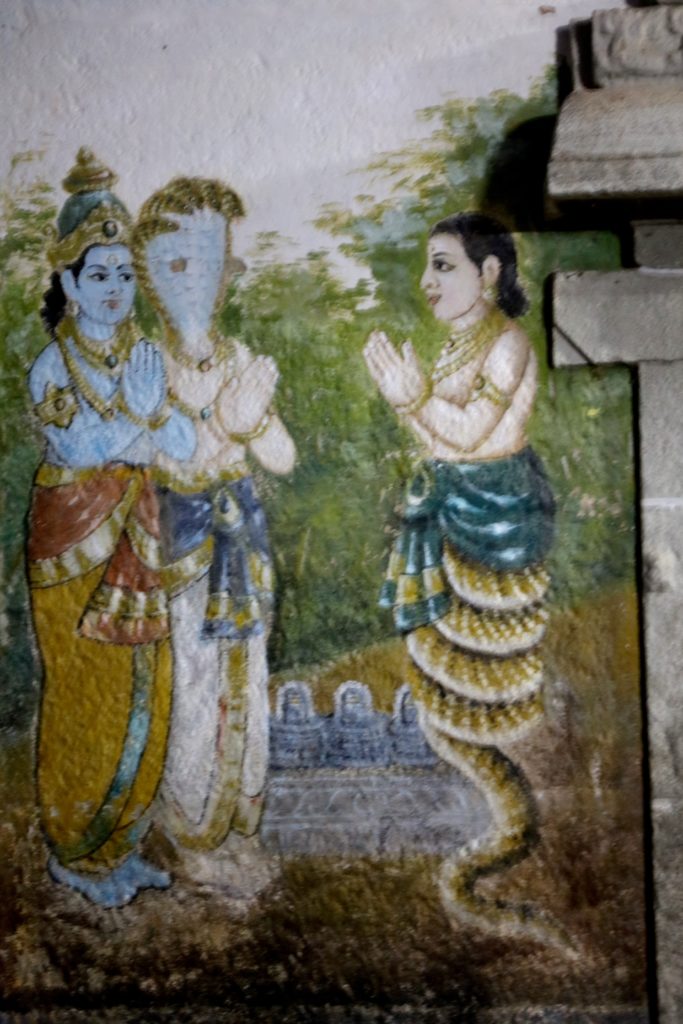
Patañjali
According to the Śivapurāṇa, Pārvatī conceived Gaṇesha, mixing clay (earth) with secretions of her skin.
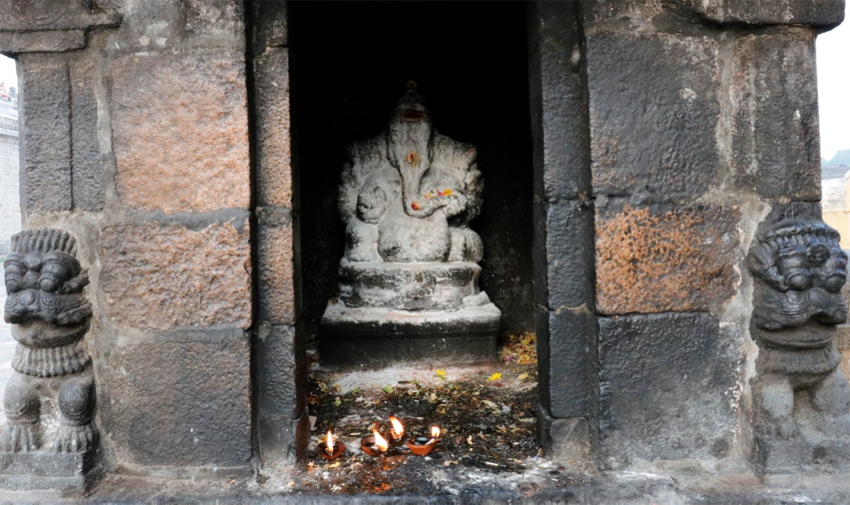
According to the Skandapurāna, Śiva would have let out his semen, which was then harvested by Agni, the God of fire. It was so hot that the fire itself could not contain it, so he poured it into the Gangā (the celestial river). As a result, Agni and Gangā are sometimes considered as Skanda / Kārttikeya’s parents. Gangā being not very maternal, Kārttikeya is said to have had many nannies, sometimes the seven Mātrikā *, sometimes the seven Krittikā, personifications of the constellation of the Pleiade, to which he owes his name Kārttikeya. Because of the large number of his nurses he is sometimes represented with six heads to suckle each of them. In addition, Karttikeya * is systematically born extra-uterine, either on the breast of Gangā or on the peak of six or seven different mountains (Skanda means “jet of sperm”, Sanskrit, skand, “to transmit”).
* Kārttikeya : According to Greek mythology, “the Pleiades” “the seven Krittikā” are seven sisters, daughters of the Titan Atlas and Pléioné (an oceanic nymph aquatic but not marine).
1. Maia
2. Alcyone
3. Asterope
4. Celaeno (or Selena)
5. Electra,
6. Taygete
7. Merope
* Sapta mātrikā (s), the seven divine mothers, were gradually considered as the paredres (female counterparts) and Sakti (s) (Power of Creation), female personifications of different Devā (s) (Gods).
1. Brahmani is the śakti of Brahmā
2. Vaishnavi is the śakti of Viṣṇu
3. Mahesvari is the śakti of Śiva
4. Indrani is the śakti of Indra.
5. Kaumari is the śakti Skanda
6. Varahi is the śakti of Varaha
7. Chamunda (or Narasimhi) is the Sakti of Śiva
They are also, for some authors, forms derived from the goddess Chandī or Chandikā, kind and protective form of Durgā. They are the personifications of the seven stars constituting the pleiads.

